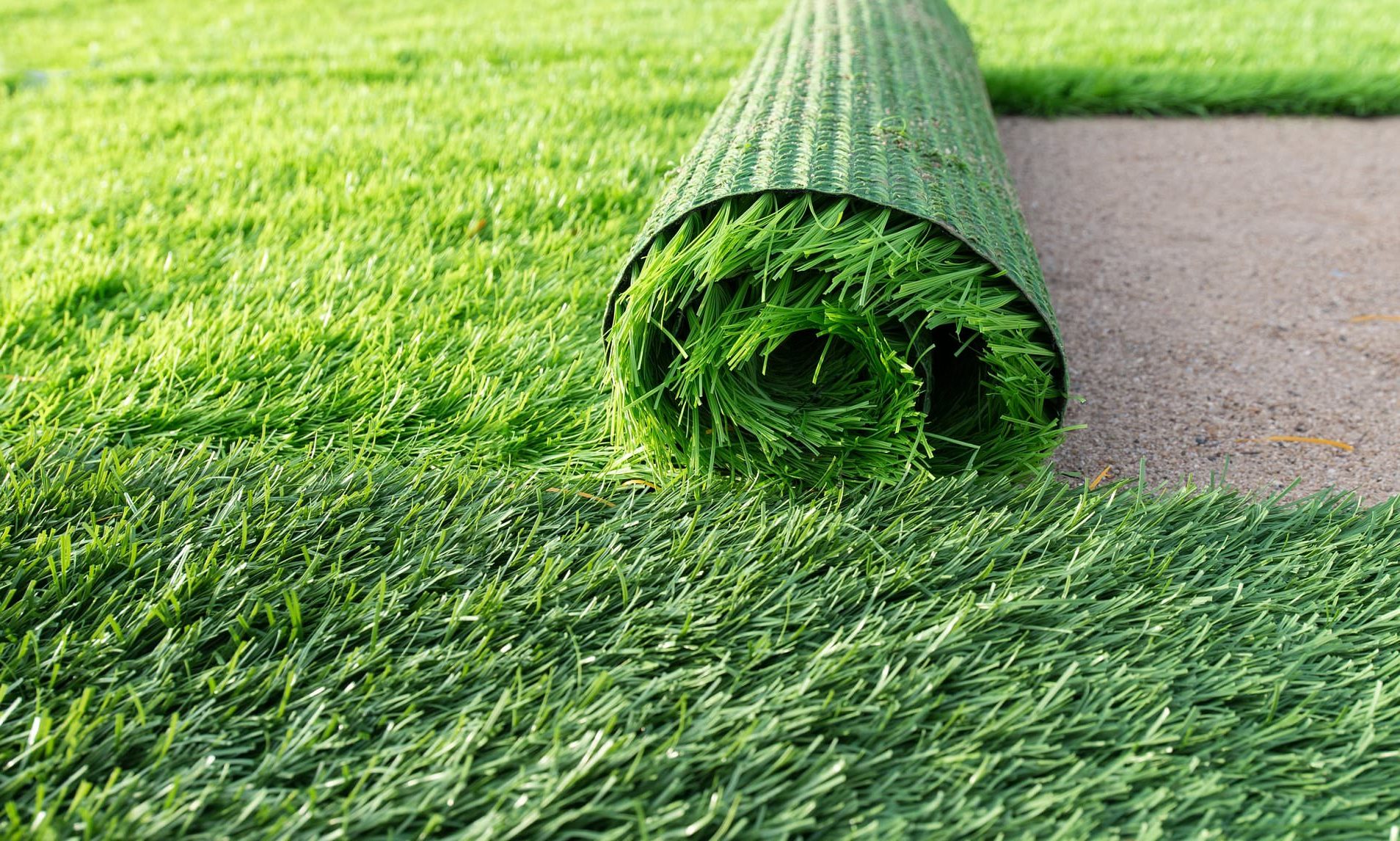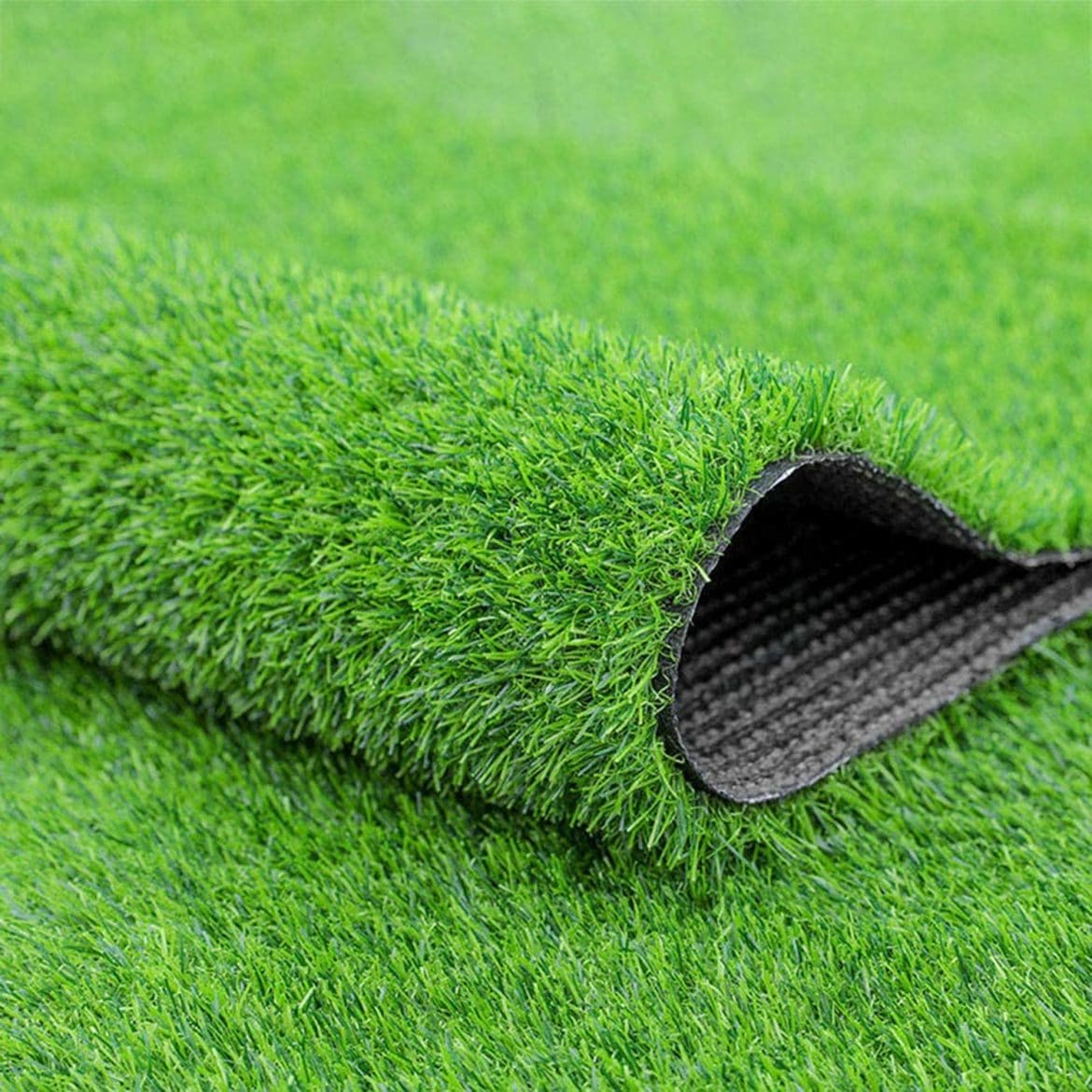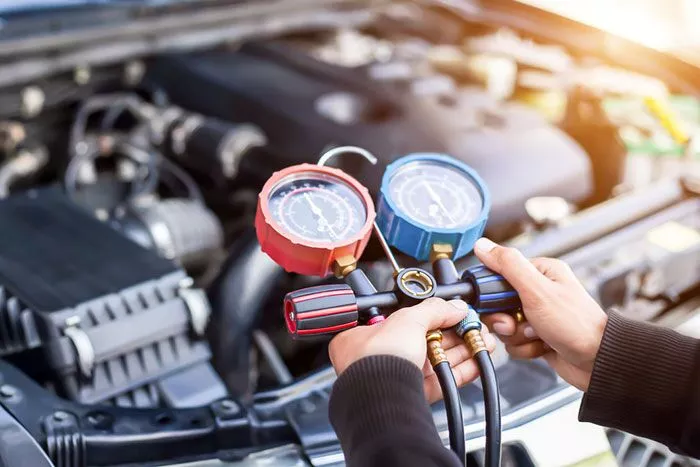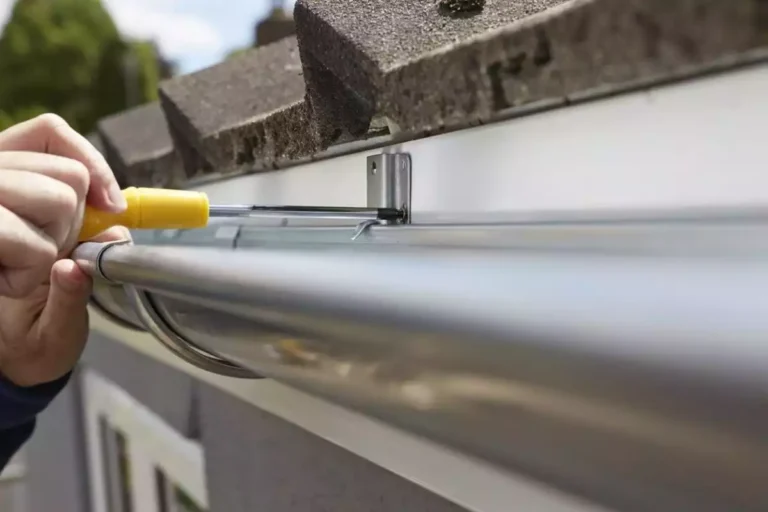Fake grass, or artificial turf, is a popular choice for homeowners who want a low-maintenance, lush lawn year-round. While it’s far easier to care for than natural grass, it still requires some upkeep to keep it looking pristine. Regular maintenance will ensure that your fake grass stays clean, green, and long-lasting. Here’s a comprehensive guide on how to maintain your artificial grass:
1. Regular Cleaning
Although fake grass doesn’t require mowing or watering, it does benefit from regular cleaning to remove debris, dirt, and dust.
- Rinse with Water: Occasionally hose down the turf to wash away dust, pollen, and dirt. This is especially important if you live in a dry or dusty area.
- Remove Debris: Use a leaf blower, rake, or a stiff brush to remove leaves, twigs, and other debris that might accumulate. This helps prevent the grass from becoming matted or dirty.
For larger debris, such as branches or trash, simply pick them up manually to avoid damage to the blades.
2. Brushing the Turf
Over time, foot traffic, furniture, and pets can flatten the grass blades. Regular brushing helps keep the blades upright and looking natural.
- Use a Soft Bristle Brush: A brush with soft, synthetic bristles is ideal for fluffing up the turf. Avoid using metal rakes or brushes with hard bristles as they can damage the fibers.
- Brush Against the Grain: When brushing, go against the natural direction of the blades to help lift them up. Pay extra attention to areas with heavy use, such as walkways or spots where furniture is placed.
3. Pet Maintenance
If you have pets, your artificial grass will need extra attention, particularly for cleaning up after them.
- Clean Up Solid Waste: Scoop up any solid waste and dispose of it as you would on natural grass. Rinse the area with water afterward to remove any residue.
- Neutralize Odors: Pet urine can sometimes leave odors if not properly cleaned. Use a garden hose to rinse the affected areas regularly. You can also buy pet-safe odor neutralizers designed specifically for artificial turf to eliminate smells.
The backing of most artificial grass is designed to drain well, so you won’t need to worry about puddles or lingering odors as long as you keep it clean.
4. Weed Prevention
While artificial turf greatly reduces the chance of weeds growing, it’s still possible for some weeds to appear around the edges or through small gaps in the base layer.
- Apply a Weed Barrier: Before installation, it’s a good idea to place a weed barrier underneath the grass to prevent weed growth.
- Remove Weeds by Hand: If any weeds do manage to sprout, simply pull them out manually. For persistent weeds, you can use a mild weed killer, but be cautious and ensure it’s safe for synthetic grass.
5. Stain Removal
Most spills or stains can be easily removed from artificial turf, but it’s essential to act quickly to prevent permanent marks.
- Water-Based Stains: For simple spills such as soda, alcohol, or fruit juice, blot the area with a towel and rinse with water.
- Oily Stains: For oil-based stains, like sunscreen or cooking oil, a mild detergent mixed with water can help lift the stain. Gently scrub with a soft brush or cloth and rinse the area thoroughly.
- Chewing Gum or Sticky Substances: Remove chewing gum or other sticky substances by freezing them with ice cubes. Once hardened, you can gently scrape them off with a plastic scraper or knife.
6. Manage Heavy Use
High-traffic areas, such as walkways or spots under furniture, may require extra attention to keep the grass looking its best.
- Move Furniture Regularly: If you have patio furniture or heavy objects on your artificial grass, move them periodically to prevent the grass from becoming permanently flattened.
- Use Protective Mats: In high-traffic areas, consider placing mats or protective covers. This helps spread the weight and prevents excessive wear on specific spots.

7. Protect from Heat
Artificial grass is heat-resistant but can become hot in direct sunlight, especially during summer. While it’s durable, extreme heat can affect the appearance and longevity of the turf.
- Avoid Reflective Surfaces: Keep mirrors, windows, or other reflective surfaces from focusing sunlight directly onto the grass, as this can cause the turf to heat up excessively or even melt.
- Cool the Surface: On very hot days, you can cool down the grass by lightly spraying it with water. This will make it more comfortable to walk on and help protect the fibers from heat damage.
8. Dealing with Snow and Ice
In colder climates, snow and ice can accumulate on artificial grass during winter months.
- Let Snow Melt Naturally: It’s best to let snow and ice melt naturally. Fake grass has built-in drainage systems, so any melted snow will drain away without causing damage.
- Avoid Metal Tools: If you must remove snow, use a plastic snow shovel rather than a metal one to avoid tearing or damaging the turf.
9. Infill Maintenance
Infill materials, such as silica sand or rubber, are placed between the grass blades to help support them and improve drainage. Over time, infill may become displaced, particularly in high-traffic areas.
- Replenish Infill: Periodically check your artificial grass for areas where the infill may be uneven. You can add more infill to these areas to ensure proper support and cushioning.
- Rake Infill Evenly: After adding infill, use a rake or brush to spread it evenly across the surface to maintain the grass’s natural look and function.
Conclusion
Maintaining fake grass is relatively easy compared to natural lawns, but regular care ensures it remains looking fresh and vibrant for years to come. By cleaning it regularly, brushing the fibers, managing pet areas, and protecting it from heat or excessive wear, your artificial turf will continue to be an attractive, low-maintenance solution for your garden.



